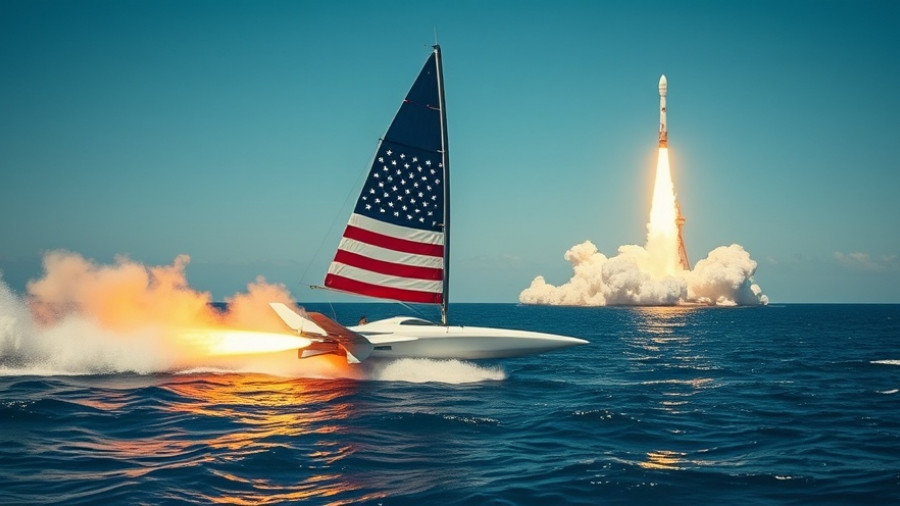
Unveiling BAE's Advanced Stealth Technology for America's Defense
In an exciting development for military technology, BAE Systems has secured a significant contract with Lockheed Martin to produce advanced radio-frequency (RF) sensors for the Long-Range Anti-Ship Missile (LRASM). This collaboration signals a robust move towards enhancing U.S. naval and airstrike capabilities into the 2030s, ensuring that America's defenses remain cutting-edge in an ever-evolving battlefield landscape.
The Importance of RF Sensors
The RF sensors being developed under this contract are crucial for the guidance of LRASM, allowing for a deadly and efficient naval strike capability. As Vanessa Varrati, LRASM sensor program director at BAE Systems, explained, this technology not only improves the military's striking power but also emphasizes the importance of deterrence in modern warfare. With threats evolving, having the most sophisticated technology becomes vital for maintaining peace and security.
Cost-Efficiency While Strengthening Capabilities
One of the significant advantages of this new contract is the scale of production it brings. By allowing for large-lot procurement, the U.S. government can lower acquisition costs while simultaneously enhancing its maritime strike arsenal. Investing in advanced technology like this demonstrates a strategic commitment to national security and military modernization.
Future-Proofing Military Technology
The future of warfare is unpredictable, and the need for adaptable technology has never been more apparent. BAE Systems is not only focused on current demands but is also anticipating future needs by investing in modular, scalable systems. According to Ed Leonard, director of Small Form Factor Solutions at BAE, the goal is to develop small yet powerful multifunctional hardware that can effectively operate across various military platforms. This forward-thinking approach ensures that America remains prepared to tackle the challenges of tomorrow.
A Community Effort in National Defense
The development and production of these advanced sensors represent a collective effort of skilled professionals at BAE Systems. These engineers and technicians are not just building parts; they are crafting the very tools that help protect U.S. interests globally. Through their work on projects like LRASM, they play an essential role in shaping the future of national defense. Their dedication ensures that the soldiers on the front lines have the best technology available to them, reinforcing the vital connection between community efforts and national security.
In conclusion, the advancements in RF sensor technology represent more than just a contract; they embody the ingenuity and resilience of American defense contractors committed to enhancing national security. As these technologies develop and become operational, they serve as a reminder of the importance of community investment in our military’s future.
 Add Row
Add Row  Add
Add 




Write A Comment